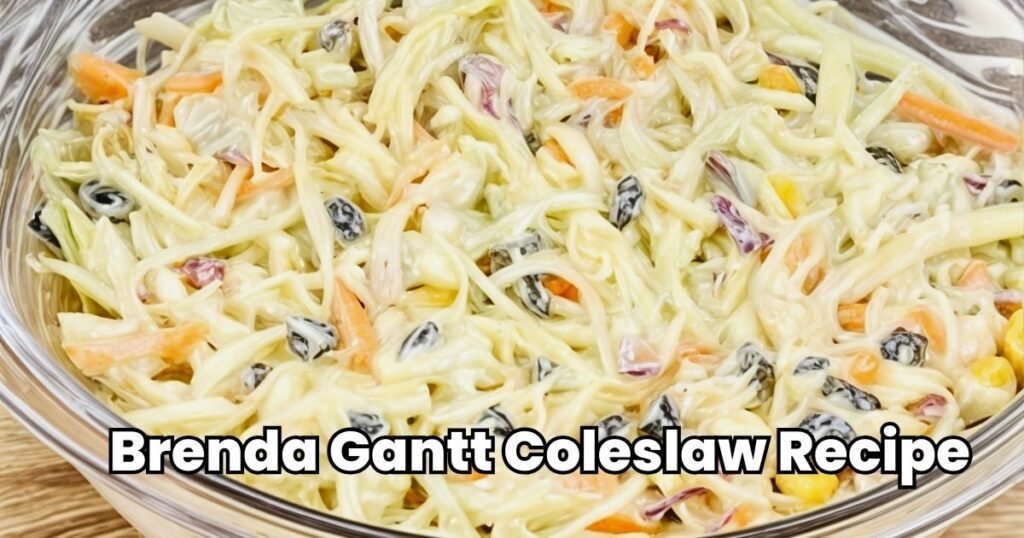Not many dishes have global popularity as well-fried chicken does. Building on our most fundamental cravings, the magnetic pull is a magnificent concert of texture, flavour, and science. The second complex alchemy strikes the hot oil, the water inside the chicken flashes to steam to tenderise the meat; the seasoned coating goes through the Maillard reaction, generating hundreds of flavour chemicals in a waterfall. This produces the perfect textures: a shatteringly crisp, savoury outer giving way to rich, meaty meat. Regularly obtaining this, whether in the domestic kitchen or on a busy street, often depends on the precise control provided by a specialist fried chicken machine, which guarantees the perfect temperature for golden, non-greasy outcomes every time.
Flavour Evolution and the Maillard Reaction
The Maillard reaction, in which amino acids from both chicken and coating proteins, as well as flour and spice, react with reducing sugars and high heat, gives fried chicken its magic. This alone could produce a cascade of fresh flavour and scent compounds, producing deep, savoury, roasted, and remarkably intricate notes distinguishing the crust. One may find the same thing while frying a steak or enjoying toasted bread. One specific spice blend with chicken proteins via flour creates an incredibly delicious, savoury profile, distinctive and so considerably more than the sum of all its components could be.
The Essential Textural Difference
Textural contrast defines fried chicken, and this appears to be its most enticing feature. Our tongues find delight in the range of flavours. A well-done work offers a symphony of textures: the first, audible crack of a shatteringly crisp, brittle crust gives at once to soft, juicy, supple interior meat. Its addictive quality has been attributed to this dynamic interaction between crisp and fluffy. This contrast is about more than just feeling; the breaking down of the many textures releases scents and tastes in a multisensory experience that just makes us seek more.
The Knowledge of the Savoury Crust
The crust, though, is far beyond only a crisp casing; it’s a flavour dynamo created by culinary science. The fundamental flour-based coating, often enhanced with extra starches, offers the structure. Water on the surface of the abused chicken flashes off as it strikes the hot oil, therefore stopping the oil from penetrating and creating instead a porous, dehydrated, and crunchy layer. In the hot oil, the spices in the flour bloom and release their fat-soluble tastes directly into the crust. That opens up a savoury, extremely concentrated barrier enclosing the chicken to make sure every bite is seasoned, umami deliciousness-laden.
How Fat and Oil Aid in Flavour Carry
The decision of fried fat, therefore, becomes absolutely vital in respect of final flavour. High smoke point and neutral-flavour oils like peanut, vegetable, and rapeseed allow the chicken and spices to shine. Most of the traditional recipes call for lard or clarified butter because of their distinctive, rich tastes that penetrate into the crust and become even more complicated. Additionally, oil is a great carrier of taste. During frying, the fat-soluble components from spices and herbs in the coating are released and enhanced to produce a richer and rounder taste profile than baking or grilling would allow.
Psychological enticement of treat food
Beyond the chemistry, fried chicken is extremely psychologically alluring. Often connected with festivities, family get-togethers, and luxury, fried chicken is culturally established as a classic indulgence or comfort food. The high salt and fat activate pleasure centres in the brain to release happy neurotransmitters, including dopamine. This combination of fat, salt, and crispy texture together in a collection of components that people are naturally inclined to find pleasing, since throughout history, these elements were exceedingly rare and manifestly necessary for survival, is a potent mix of sensory delight, cultural conditioning, and neurobiological reward, transforming fried chicken into a highly sought object.
Conclusion
Fried chicken is a convergence of several rather than one miracle. It’s a culinary masterpiece resting on the pillars of chemical reactions like Maillard, perfected through techniques that make sure the meat is juicy and the crust crispy, elevated by a clever use of seasonings to exploit our innate love for umami and fat. Every stage from brining to the last fry aims to enhance taste and texture. Fried chicken has become a cherished cuisine all around and a timeless comfort food as a result of the interaction of science, skill, and a touch of indulgence.







